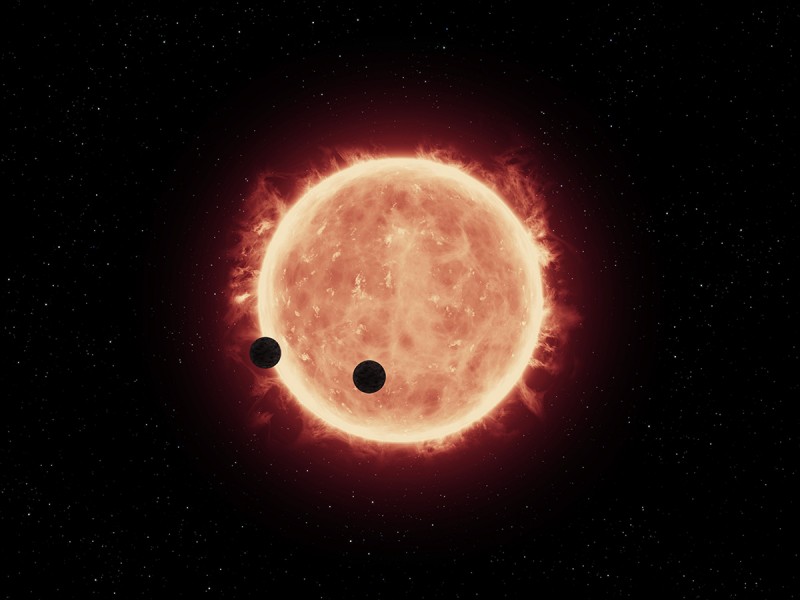
The Hubble Space Telescope is famous for bringing us detailed images from the depths of the universe. So, it's easy to assume that the telescope would have little difficulty imaging exoplanets in our own galaxy. The folks that run Hubble understand this perspective, and their new video discusses exactly how the telescope can help explore those planets, revealing that these techniques do have limitations.
Planets do not emit their own light, making them more difficult than stars to study from Earth. What's more, planets are miniscule compared to the stars they orbit. However, when an exoplanet passes between its star and Earth, a tiny fraction of the star's light passes through the planet's atmosphere. This brief glimpse into exoplanets' atmospheres can provide astronomers a wealth of information about the composition, thickness and temperature of the gases that surround the planet, according to the European Space Agency video,
Chemical compounds in the atmosphere absorb certain wavelengths of light and allow others to pass through, the video explained. This leaves telltale dark lines in the star's light spectrum that astronomers can use to identify the compounds. A stronger line indicates that there's more of that compound in the atmosphere, the video said.
Despite Hubble's capacities, these studies push the telescope's instruments to their limits, since only a tiny fraction of the star's light passes through the exoplanet's atmosphere, according to the video. "The telescope can only detect the strongest lines in a given spectrum," the video said. The James Web Space Telescope, Hubble's successor, promises larger, more sensitive equipment to boost future exoplanet research.

Source: Harrison Tasoff